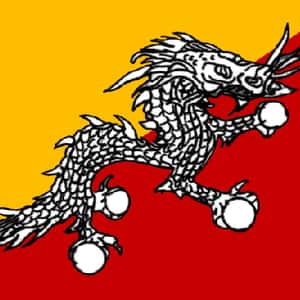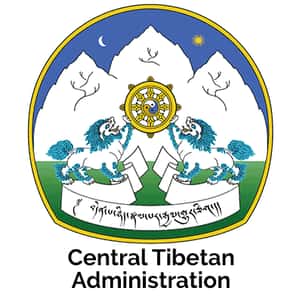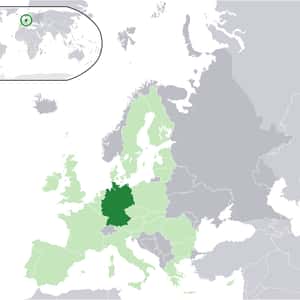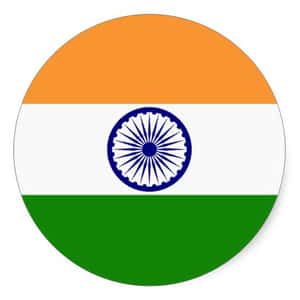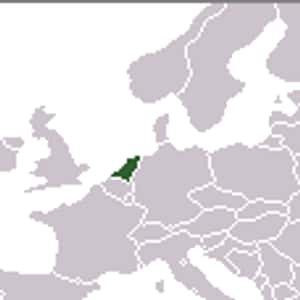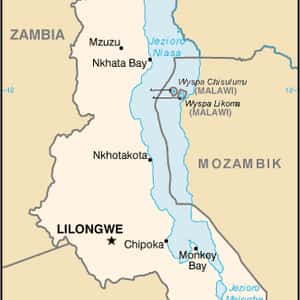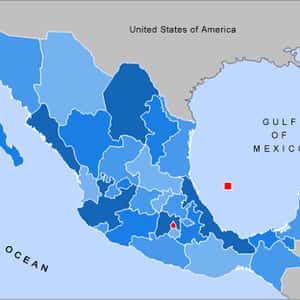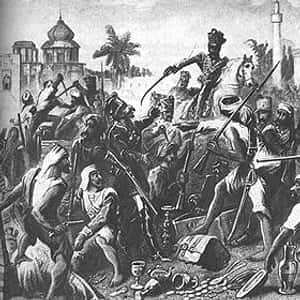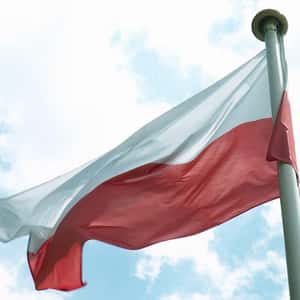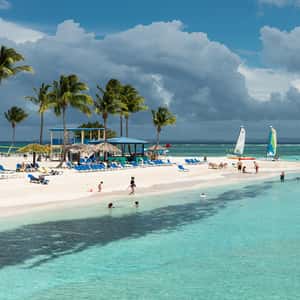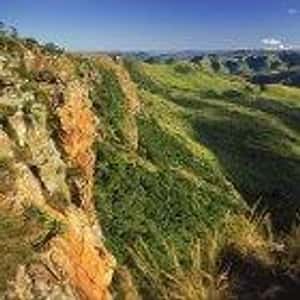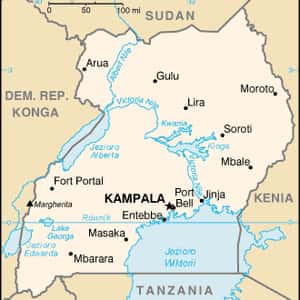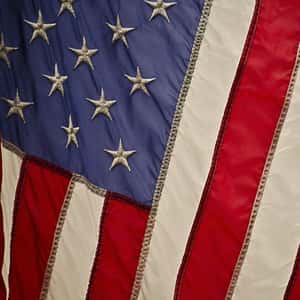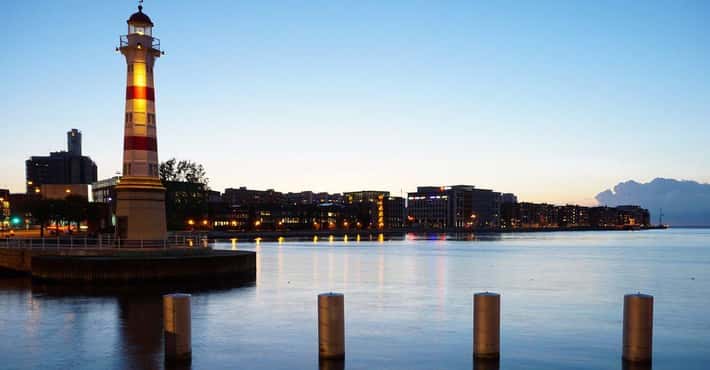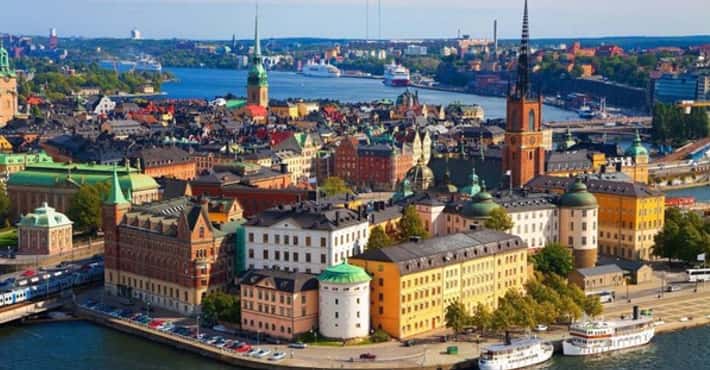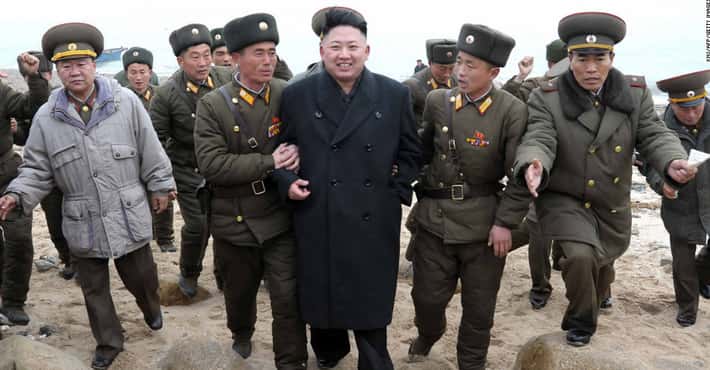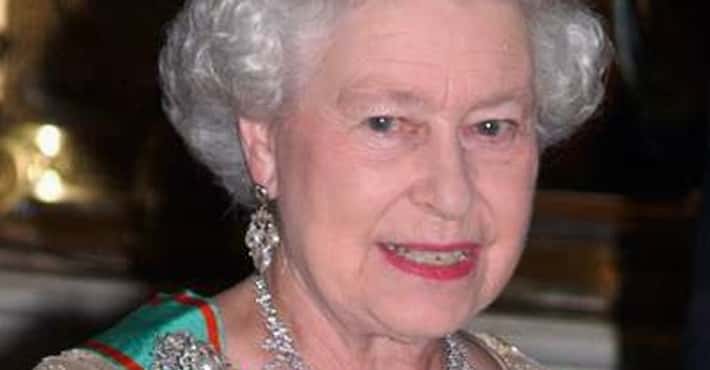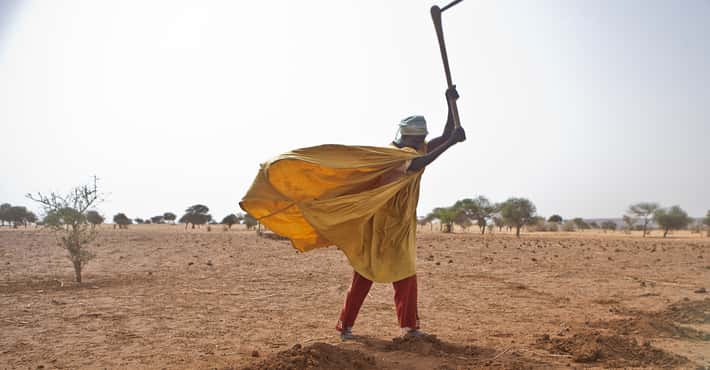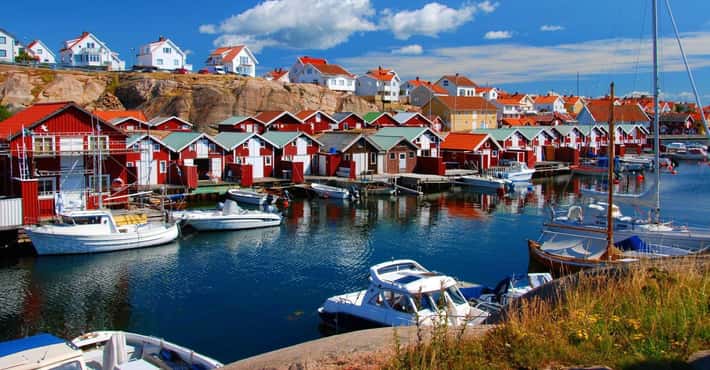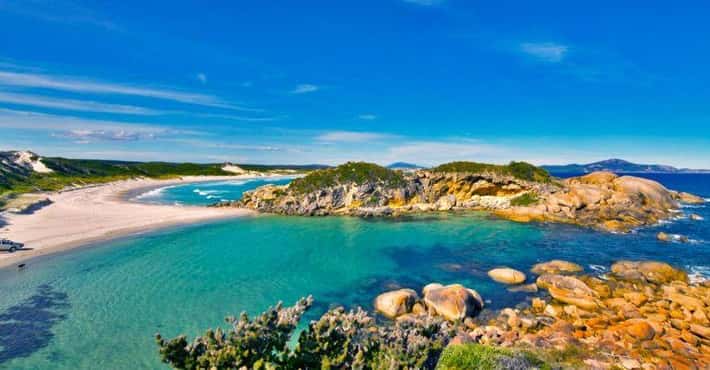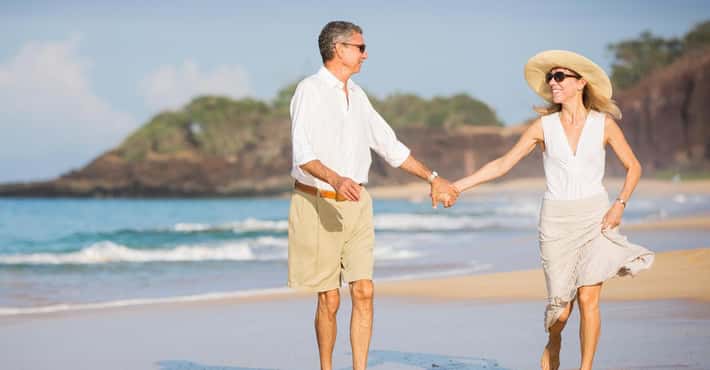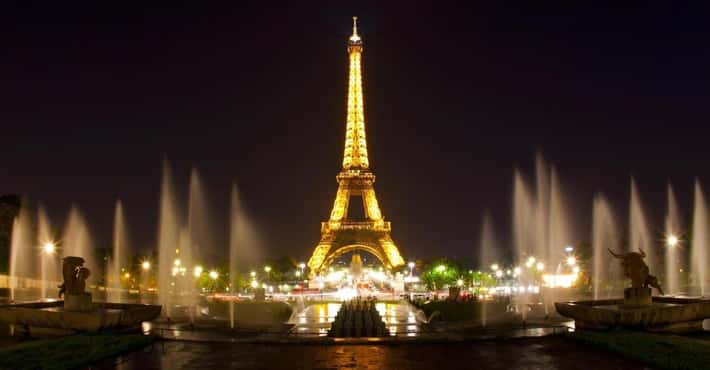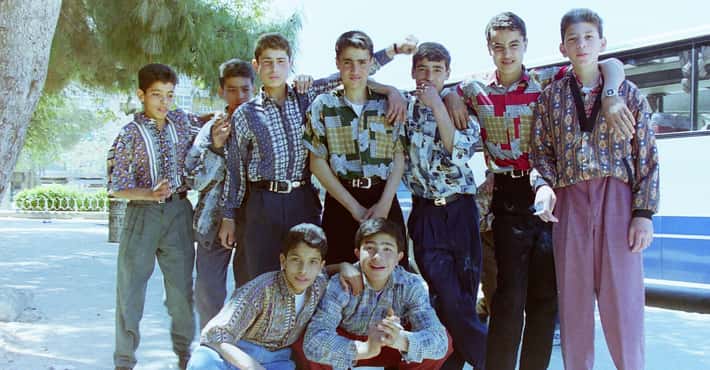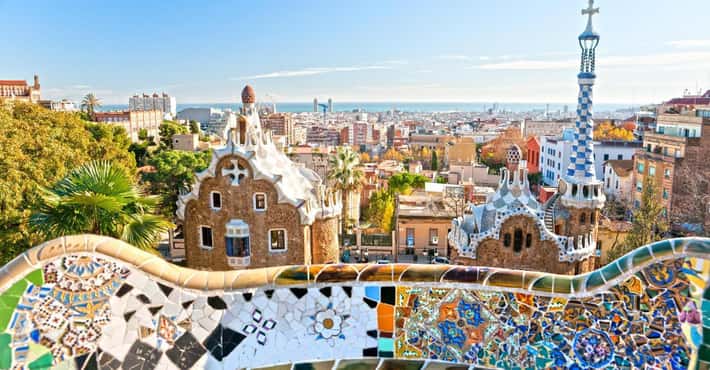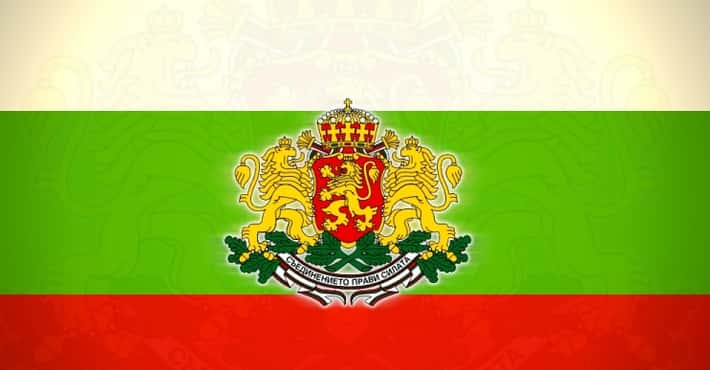Countries Ruled by A Democracy
America may be one of the most famous democracies, but it far from the only democratic country. This is a list of countries, nations, and states governed or ruled by a democracy, sorted alphabetically. In some cases, nations may have multiple ruling bodies or government types, meaning they're not exclusively countries that are governed by democracy. Still, they are all democratic countries in some sense of the word. This list of countries that use democracy as their form of government contains various bits of information about each nation, such as the official language or currency of the country. If you're looking for the names of countries with democracy governments, then you're in the right place.
What is a democracy? Democratic governments are characterized by the fact that power rests in the hands of the people, who may elect official representatives to rule directly or indirectly. This list answers the questions, "Which countries are ruled by democracy?" and "Which countries are governed by democracy?" You'll find examples of democracies everywhere from the Republic of Ireland to Uganda.- ThimphuBhutan, officially the Kingdom of Bhutan, is a landlocked country in South Asia at the eastern end of the Himalayas. It is bordered to the north by China and to the south, east and west by India. To the west, it is separated from Nepal by the Indian state of Sikkim, while farther south it is separated from Bangladesh by the Indian states of Assam and West Bengal. Bhutan's capital and largest city is Thimphu. At that time the lama and military leader Ngawang Namgyal, the first Zhabdrung Rinpoche, who was fleeing religious persecution in Tibet, unified the area and cultivated a distinct Bhutanese .More Bhutan
- Dig Deeper...The Most Corrupt Countries in the World
- And Deeper...World Poverty: The Poorest Countries In The World
- #19 of 223 onThe Prettiest Flags in the World
- The Central Tibetan Administration, is an organization based in India with the stated goals of "rehabilitating Tibetan refugees and restoring freedom and happiness in Tibet". It was established by the 14th Dalai Lama in 1959 shortly after his exile from Tibet. It is also referred to as the Tibetan Government in Exile, but while its internal structure is government-like, it has stated that it is "not designed to take power in Tibet"; rather, it will be dissolved "as soon as freedom is restored in Tibet" in favor of a government formed by Tibetans inside Tibet. In addition to political advocacy, it administers a network of schools and other cultural activities for Tibetans in India. On 11 February 1991, the CTA became a founding member of the Unrepresented Nations and Peoples Organization at a ceremony held at the Peace Palace in The Hague, Netherlands.
- Santo DomingoThe Dominican Republic is a nation on the island of Hispaniola, part of the Greater Antilles archipelago in the Caribbean region. The western three-eighths of the island is occupied by the nation of Haiti, making Hispaniola one of two Caribbean islands, along with Saint Martin, that are shared by two countries. Both by area and population, the Dominican Republic is the second-largest Caribbean nation, with 48,445 square kilometres and nearly 10 million people, one million of which live in the capital city, Santo Domingo. Christopher Columbus landed on the island in 1492, which the Taíno people had inhabited since the 7th century. It became the site of the first permanent European settlement in the Americas; namely Santo Domingo, the oldest continuously inhabited city and the first seat of the Spanish colonial rule in the New World. After three centuries of Spanish rule, with French and Haitian interludes, the country became independent in 1821. The ruler, José Núñez de Cáceres, intended that the Dominican Republic be part of the nation of Gran Colombia, but he was quickly removed by the Haitian government and Dominican slave revolts.More Dominican Republic
- Dig Deeper...The Best Dominican Baseball Players Of 2024
- And Deeper...The Most Corrupt Countries in the World
- #65 of 223 onThe Prettiest Flags in the World
- BerlinGermany, officially the Federal Republic of Germany, is a federal parliamentary republic in western-central Europe. It consists of 16 constituent states, which retain limited sovereignty, and covers an area of 357,021 square kilometres with a largely temperate seasonal climate. Its capital and largest city is Berlin. The seat of government is Berlin and Bonn. Germany is a great power and traditionally a leader in many cultural, theoretical and technical fields. With 80.7 million inhabitants, Germany is the most populous member state in the European Union. After the United States, it is also the second most popular migration destination in the world. Germany has the world's fourth-largest economy by nominal GDP and the fifth-largest by PPP. As a global leader in several industrial and technological sectors, it is both the world's third-largest exporter and third-largest importer of goods. It is a developed country with a very high standard of living, featuring comprehensive social security that includes the world's oldest universal health care system.More Germany
- Dig Deeper...How Two Families Escaped East Germany In A Homemade Hot Air Balloon
- And Deeper...The Best Soccer Players From Germany, Ranked
- And Deeper...The Most Corrupt Countries in the World
- New DelhiIndia, officially the Republic of India, is a country in South Asia. It is the seventh-largest country by area, the second-most populous country with over 1.2 billion people, and the most populous democracy in the world. Bounded by the Indian Ocean on the south, the Arabian Sea on the south-west, and the Bay of Bengal on the south-east, it shares land borders with Pakistan to the west; China, Nepal, and Bhutan to the north-east; and Burma and Bangladesh to the east. In the Indian Ocean, India is in the vicinity of Sri Lanka and the Maldives; in addition, India's Andaman and Nicobar Islands share a maritime border with Thailand and Indonesia. Home to the ancient Indus Valley Civilisation and a region of historic trade routes and vast empires, the Indian subcontinent was identified with its commercial and cultural wealth for much of its long history. Four religions—Hinduism, Buddhism, Jainism, and Sikhism—originated here, whereas Zoroastrianism and the abrahamic religions of Judaism, Christianity, and Islam arrived in the 1st millennium CE and also helped shape the region's diverse culture.More India
- Dig Deeper...The Most Corrupt Countries in the World
- And Deeper...Computers In Use: World's Top 15 Countries In PC Usage
- #30 of 223 onThe Prettiest Flags in the World
- AmsterdamThe Kingdom of the Netherlands, commonly known as the Netherlands, is a sovereign state and constitutional monarchy with territory in western Europe and in the Caribbean. The Kingdom is celebrating its 200 years in a series of festive occasions spanning from 2013 to 2015, the actual year of the anniversary. The four parts of the Kingdom – Aruba, Curaçao, the Netherlands, and Sint Maarten – are separate countries and participate on a basis of equality as partners in the Kingdom. In practice, however, most of the Kingdom affairs are administered by the Netherlands – which comprises roughly 98% of the Kingdom's land area and population – on behalf of the entire Kingdom. Consequently, the countries of Aruba, Curaçao, and Sint Maarten are dependent on the Netherlands for matters like foreign policy and defence, although they are autonomous to a certain degree with their own parliaments. The vast majority in land area of the constituent country of the Netherlands is located in Europe, with the exception of its three special municipalities that are located in the Caribbean. The constituent countries of Aruba, Curaçao, and Sint Maarten are located in the Caribbean as well.
- LilongweMalawi, officially the Republic of Malawi, is a landlocked country in southeast Africa that was formerly known as Nyasaland. It is bordered by Zambia to the northwest, Tanzania to the northeast, and Mozambique on the east, south and west. The country is separated from Tanzania and Mozambique by Lake Malawi. Malawi is over 118,000 km² with an estimated population of 16,777,547. Its capital is Lilongwe, which is also Malawi's largest city; the second largest is Blantyre and the third is Mzuzu. The name Malawi comes from the Maravi, an old name of the Nyanja people that inhabit the area. The country is also nicknamed "The Warm Heart of Africa". Malawi is among the smallest countries in Africa. Lake Malawi takes up about a third of Malawi's area. The area of Africa now known as Malawi was settled by migrating Bantu groups around the 10th century. Centuries later in 1891 the area was colonized by the British. In 1953 Malawi, then known as Nyasaland, became part of the semi-independent Central African Federation. The Federation was dissolved in 1963, and in 1964, Nyasaland gained full independence and was renamed Malawi.More Malawi
- Dig Deeper...The Most Corrupt Countries in the World
- And Deeper...World Poverty: The Poorest Countries In The World
- #179 of 223 onThe Prettiest Flags in the World
- Mexico CityMexico, officially the United Mexican States, is a federal republic in North America. It is bordered on the north by the United States; on the south and west by the Pacific Ocean; on the southeast by Guatemala, Belize, and the Caribbean Sea; and on the east by the Gulf of Mexico. Covering almost two million square kilometres, Mexico is the fifth largest country in the Americas by total area and the 13th largest independent nation in the world. With an estimated population of over 113 million, it is the eleventh most populous and the most populous Spanish-speaking country in the world and the second most populous country in Latin America. Mexico is a federation comprising thirty-one states and a Federal District, its capital and largest city. In pre-Columbian Mexico many cultures matured into advanced civilizations such as the Olmec, the Toltec, the Teotihuacan, the Zapotec, the Maya and the Aztec before first contact with Europeans. In 1521, the Spanish Empire conquered and colonized the territory from its base in Mexico-Tenochtitlan, which was administered as the Viceroyalty of New Spain.More Mexico
- Dig Deeper...This Museum Has 111 Eerily Preserved 'Screaming Mummies'
- And Deeper...The 100+ Best Soccer Players From Mexico, Ranked
- And Deeper...The Most Corrupt Countries in the World
- IslamabadPakistan, officially the Islamic Republic of Pakistan, is a sovereign country in South Asia. With a population exceeding 180 million people, it is the sixth most populous country and with an area covering 796,095 km², it is the 36th largest country in the world in terms of area. Pakistan has a 1,046-kilometre coastline along the Arabian Sea and the Gulf of Oman in the south and is bordered by the nations of India to the east, Afghanistan to the west, Iran to the southwest and China in the far northeast respectively. It is separated from Tajikistan by Afghanistan's narrow Wakhan Corridor in the north, and also shares a marine border with Oman. The territory that now constitutes Pakistan was previously home to several ancient cultures, including the Mehrgarh of the Neolithic and the Bronze Age Indus Valley Civilisation, and was later home to kingdoms ruled by people of different faiths and cultures, including Hindus, Indo-Greeks, Muslims, Turco-Mongols, Afghans and Sikhs.More Pakistan
- Dig Deeper...The Best Soccer Players from Pakistan
- And Deeper...The Most Corrupt Countries in the World
- #71 of 223 onThe Prettiest Flags in the World
- WarsawPoland, officially the Republic of Poland, is a country in Central Europe bordered by Germany to the west; the Czech Republic and Slovakia to the south; Ukraine and Belarus to the east; and the Baltic Sea, Kaliningrad Oblast and Lithuania to the north. The total area of Poland is 312,679 square kilometres, making it the 71st largest country in the world and the 9th largest in Europe. With a population of over 38.5 million people, Poland is the 34th most populous country in the world, the sixth most populous member of the European Union, and the most populous post-communist member of the European Union. Poland is a unitary state divided into 16 administrative subdivisions. Many historians trace the establishment of a Polish state to 966, when Mieszko I, ruler of a territory roughly coextensive with that of present-day Poland, converted to Christianity. The Kingdom of Poland was founded in 1025, and in 1569 it cemented a longstanding political association with the Grand Duchy of Lithuania by signing the Union of Lublin, forming the Polish–Lithuanian Commonwealth.More Poland
- Dig Deeper...The Best Soccer Players From Poland
- And Deeper...The Most Corrupt Countries in the World
- #219 of 223 onThe Prettiest Flags in the World
- San JuanPuerto Rico, officially the Commonwealth of Puerto Rico, is a United States territory located in the northeastern Caribbean, east of the Dominican Republic, and west of both the United States Virgin Islands and the British Virgin Islands. Puerto Rico is an archipelago that includes the main island of Puerto Rico and a number of smaller islands, the largest of which are Vieques, Culebra, and Mona. The main island of Puerto Rico is, by land area, the smallest of the Greater Antilles. With around 3.5 million people, it ranks third in population among that group of four islands, which include Cuba, Hispaniola and Jamaica. The capital and largest city is San Juan. Due to its location, Puerto Rico has a tropical climate with warm weather year-round and does not observe daylight saving time. Its official languages are Spanish, which is prevalent, and English. Originally populated for centuries by aboriginal people known as Taíno, the island was claimed by Christopher Columbus for Spain during his second voyage to the Americas on November 19, 1493. Like Cuba, Puerto Rico remained a Spanish colony until 1898.More Puerto Rico
- Dig Deeper...The Best Puerto Rican Rappers Of All Time
- And Deeper...Life Expectancy by Country | Life Expectancy Trends
- #91 of 223 onThe Prettiest Flags in the World
- DublinIreland, also known as the Republic of Ireland, is a sovereign state in western Europe occupying about five-sixths of the island of Ireland. The capital and largest city is Dublin, located in the eastern part of the island, whose metropolitan area is home to around a third of the country's 4.6 million inhabitants. The state shares its only land border with Northern Ireland, a part of the United Kingdom. It is otherwise surrounded by the Atlantic Ocean, with the Celtic Sea to the south, Saint George's Channel to the south east, and the Irish Sea to the east. It is a unitary, parliamentary republic with an elected president serving as head of state. The head of government, the Taoiseach, is nominated by the lower house of parliament, Dáil Éireann. The Irish Free State was created in 1922 as a result of the Anglo-Irish Treaty. It effectively became a republic, with an elected president, under the constitution of 1937, in which it was named "Ireland". It was officially declared a republic in 1949. Ireland became a member of the United Nations in December 1955. It joined the European Economic Community, predecessor of the European Union, in 1973.More Republic of Ireland
- Dig Deeper...The Most Corrupt Countries in the World
- And Deeper...The Top 50 Healthcare Systems Around The World
- #95 of 223 onThe Prettiest Flags in the World
- Bloemfontein, Cape Town, PretoriaSouth Africa, officially the Republic of South Africa, is a country located in Southern Africa. It has 2,798 kilometres of coastline that stretches along the South Atlantic and Indian oceans. To the north lie the neighbouring countries of Namibia, Botswana and Zimbabwe; to the east are Mozambique and Swaziland; and within it lies Lesotho, an enclave surrounded by South African territory. South Africa is the 25th-largest country in the world by land area, and with close to 53 million people, is the world's 25th-most populous nation. South Africa is a multiethnic society encompassing a wide variety of cultures, languages, and religions. Its pluralistic makeup is reflected in the constitution's recognition of 11 official languages, which is among the highest number of any country in the world. Two of these languages are of European origin: Afrikaans developed from Dutch and serves as the first language of most white and coloured South Africans, based on history; English reflects the legacy of British colonialism, and is commonly used in public and commercial life, though it is fourth-ranked as a spoken first language.More South Africa
- Dig Deeper...The Funniest Comedians From South Africa
- And Deeper...The Most Corrupt Countries in the World
- #27 of 223 onThe Prettiest Flags in the World
- KhartoumSudan, officially the Republic of the Sudan, is an Arab republic in the Nile Valley of North Africa, bordered by Egypt to the north, the Red Sea, Eritrea and Ethiopia to the east, South Sudan to the south, the Central African Republic to the southwest, Chad to the west and Libya to the northwest. It is the third largest country in Africa. The Nile River divides the country into eastern and western halves. Its predominant religion is Islam. Sudan was home to numerous ancient civilizations, such as the Kingdom of Kush, Kerma, Nobatia, Alodia, Makuria, Meroë and others, most of which flourished along the Nile River. During the predynastic period Nubia and Nagadan Upper Egypt were identical, simultaneously evolved systems of pharaonic kingship by 3300 BC. By virtue of its proximity to Egypt, the Sudan participated in the wider history of the Near East inasmuch as it was Christianized by the 6th century, and Islamized in the 7th. As a result of Christianization, the Old Nubian language stands as the oldest recorded Nilo-Saharan language.
- KampalaUganda, officially the Republic of Uganda, is a landlocked country in East Africa. It is bordered to the east by Kenya, to the north by South Sudan, to the west by the Democratic Republic of the Congo, to the southwest by Rwanda, and to the south by Tanzania. Uganda is the world's second most populous landlocked country after Ethiopia. The southern part of the country includes a substantial portion of Lake Victoria, shared with Kenya and Tanzania, situating the country in the African Great Lakes region. Uganda also lies within the Nile basin, and has a varied but generally equatorial climate. Uganda takes its name from the Buganda kingdom, which encompasses a large portion of the south of the country including the capital Kampala. The people of Uganda were hunter-gatherers until 1,700 to 2,300 years ago, when Bantu-speaking populations migrated to the southern parts of the country. Beginning in the late 1800s, the area was ruled as a colony by the British, who established administrative law across the territory. Uganda gained independence from Britain on 9 October 1962.More Uganda
- Dig Deeper...The Most Corrupt Countries in the World
- And Deeper...World Poverty: The Poorest Countries In The World
- #188 of 223 onThe Prettiest Flags in the World
- Washington, D.C.The United States of America, commonly referred to as the United States or America, is a federal republic consisting of 50 states and a federal district. The 48 contiguous states and Washington, D.C., are in central North America between Canada and Mexico. The state of Alaska is located in the northwestern part of North America and the state of Hawaii is an archipelago in the mid-Pacific. The country also has five populated and numerous unpopulated territories in the Pacific and the Caribbean. At 3.80 million square miles and with over 320 million people, the United States is the world's fourth-largest country by total area and third most populous. It is one of the world's most ethnically diverse and multicultural nations, the product of large-scale immigration from many countries. The geography and climate of the United States are also extremely diverse, and the country is home to a wide variety of wildlife. Paleo-Indians migrated from Eurasia to what is now the U.S. mainland around 15,000 years ago, with European colonization beginning in the 16th century. The United States emerged from 13 British colonies located along the East Coast.
- Dig Deeper...The Most Corrupt Countries in the World
- And Deeper...Computers In Use: World's Top 15 Countries In PC Usage
- #20 of 223 onThe Prettiest Flags in the World


